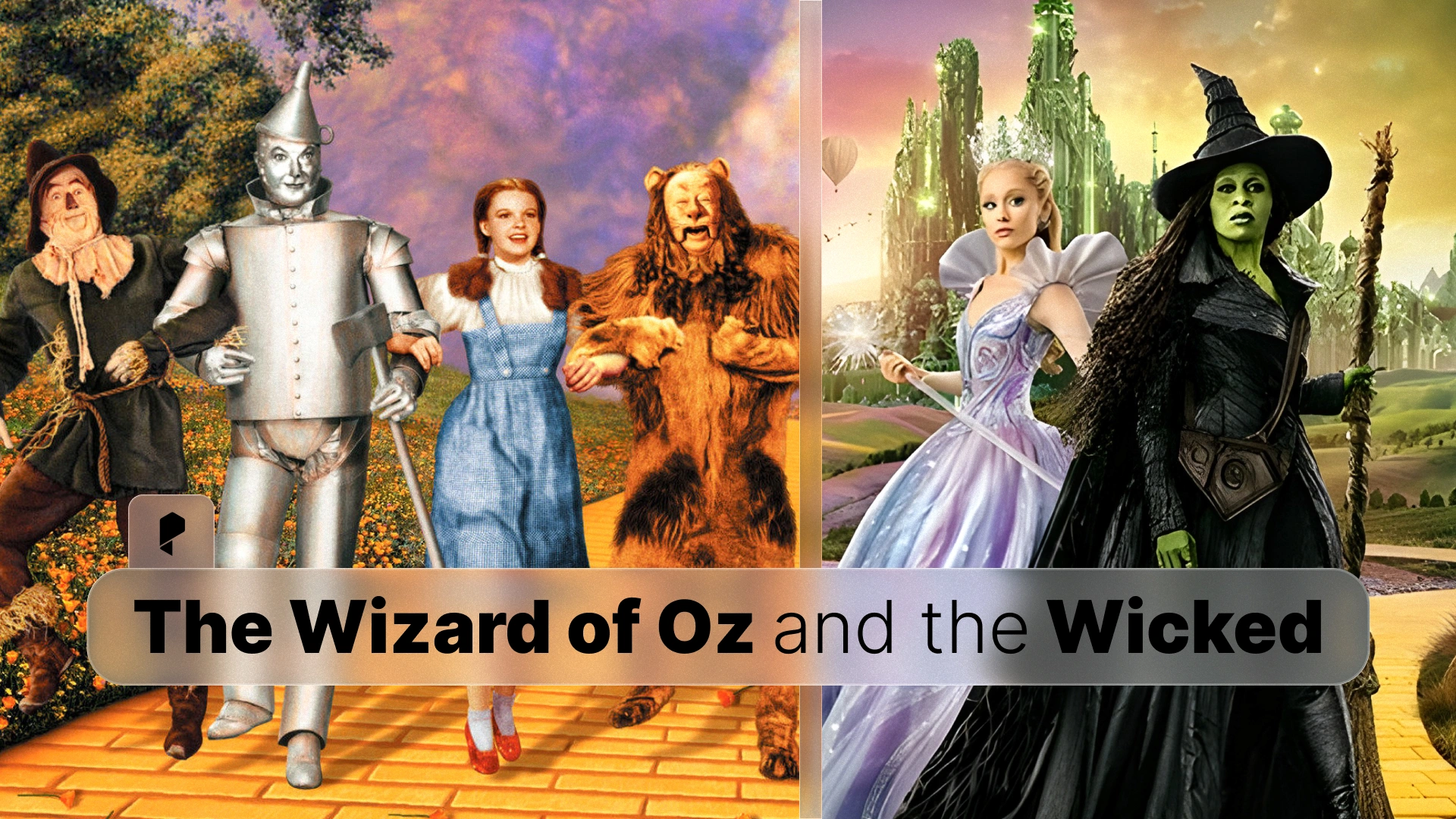Mastering Dynamic Film Shots: A Complete Guide to Tracking Movements
This guide dives deep into key concepts such as what is a tracking shot, dolly in or dolly out movement, and the emotional power of a zoom shot in film example. You’ll also learn how techniques like crane and detail shots can enhance your work. Let’s explore these elements to unlock their full potential in your storytelling arsenal.
What Is a Tracking Shot?
One notable variation is the tracing shot, where the camera doesn’t just follow but trails behind the subject to emphasize their journey or perspective. Paired with techniques like the dolly in or dolly out movement, it can evoke emotions ranging from tension to relief. For more on camera movements and their impact, explore this comprehensive guide.
Exploring the Impact of the Figure Trailing Away From the Camera Shot
To craft this shot effectively, filmmakers often use wide-angle lenses to capture both the subject and their surroundings. This technique is particularly effective in creating a dynamic, engaging scene. Curious about how lens effects can transform your shots? Check out Pixflow’s Fish Eye Lens Effects for creative inspiration.
By mastering the figure trailing away from the camera shot, you can deepen the audience’s connection to your characters and their journey.
Crane Shots and Their Role in Enhancing Tracking Movements
Directors often pair crane shots with tracking movements to create a seamless transition between perspectives. This combination not only captures action from multiple angles but also enhances the emotional impact of the scene. To understand what is the effect of using a crane shot, think of iconic moments in cinema where the camera sweeps across a battlefield or ascends to show a hero’s triumph. For enhanced cinematic tools, explore Optic FX for Cinematic Enhancements.
Creating the Perfect Dolly Movement: Dolly In vs. Dolly Out
For instance, consider a dramatic zoom shot in film example where a character’s realization is magnified by a dolly in. Conversely, a dolly out can provide closure by showing the broader environment, allowing the audience to reflect on the scene. Pairing these movements with tracking shots adds a layer of complexity and engagement to your film.
The Subtle Power of Detail Shots in Dynamic Tracking
Understanding close-up definition in filming and the definition of detail shot can help filmmakers craft scenes that balance broad movements with intricate details. For example, a crane shot that transitions to a detail shot can effectively shift the viewer’s focus from the vastness of a landscape to the determination in a character’s eyes. Or changing the angle of the camera to make a dutch angle shot.
How to Create Stunning Dynamic Film Shots
Conclusion
If you buy something through our links, we may earn an affiliate commission or have a sponsored relationship with the brand, at no cost to you. We recommend only products we genuinely like. Thank you so much.





